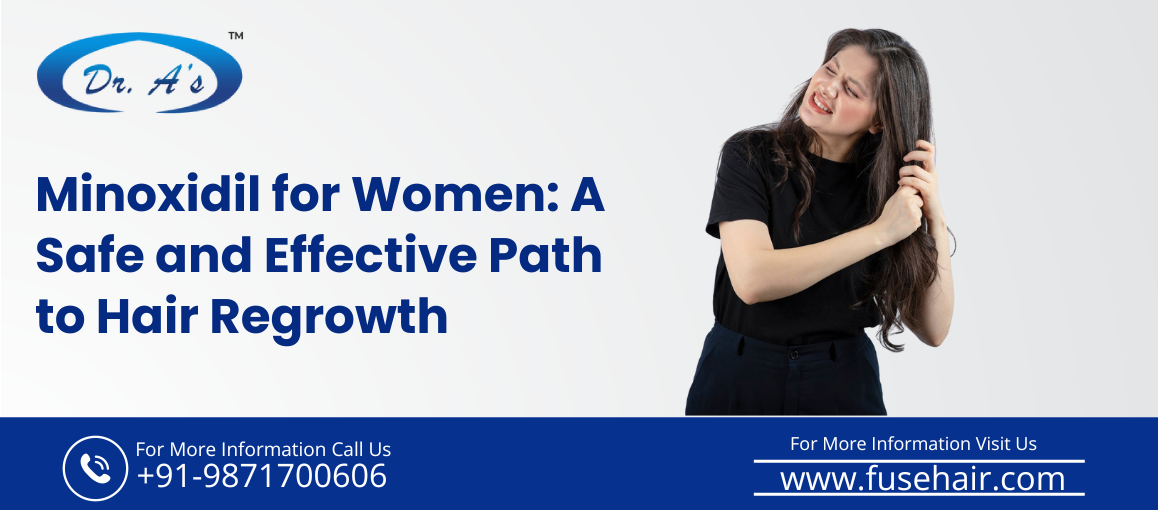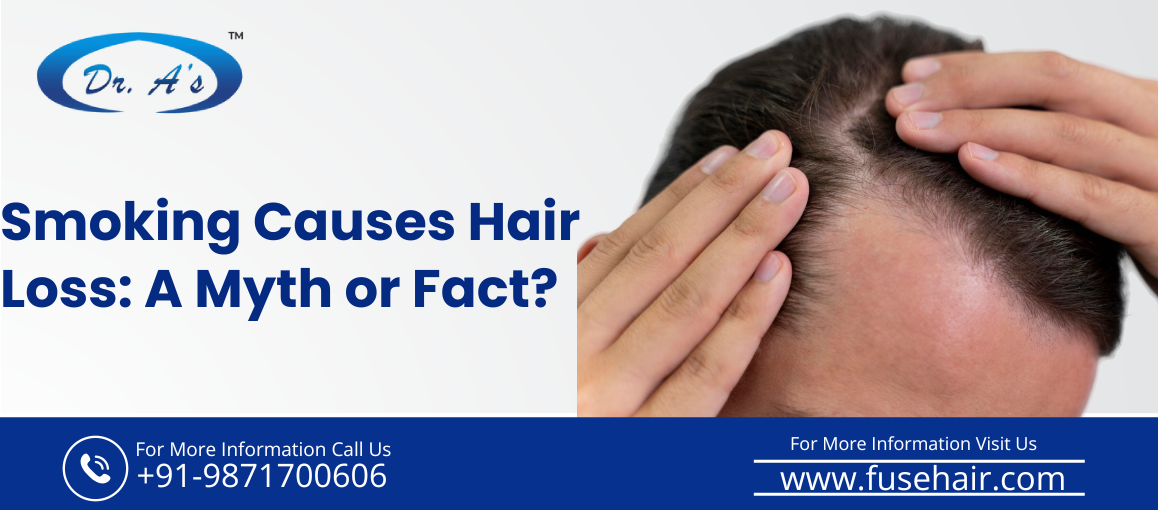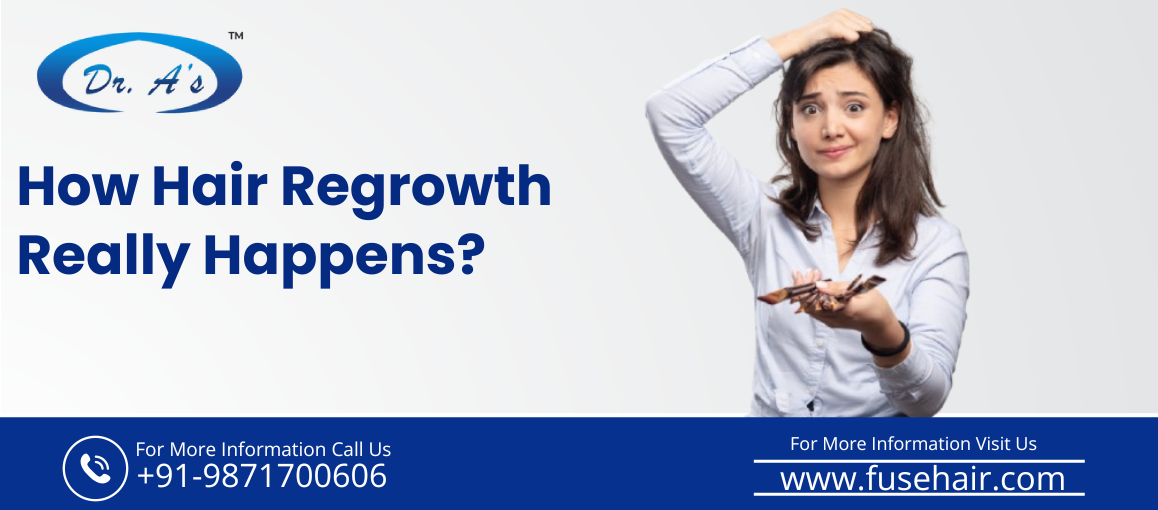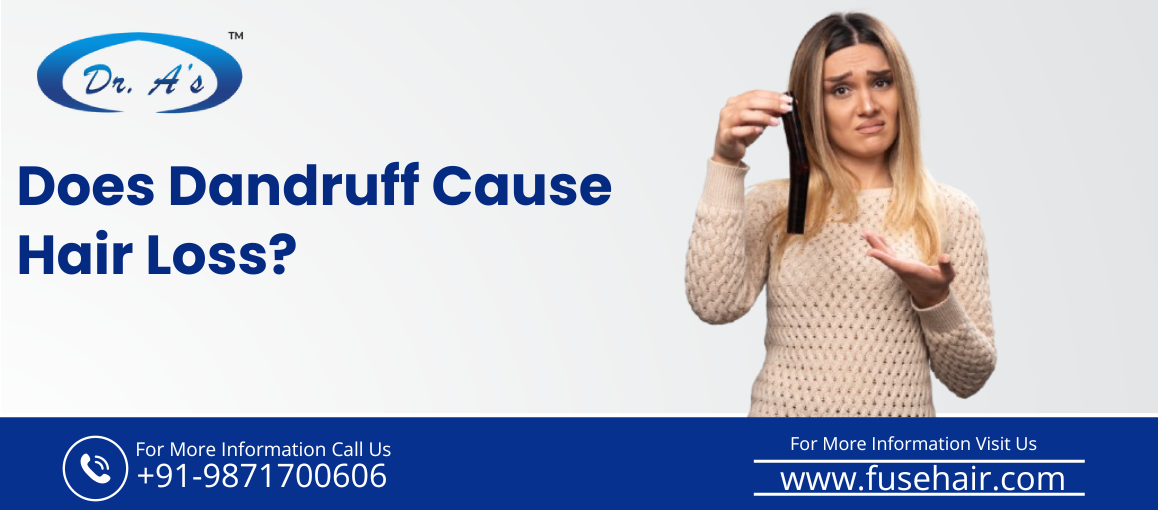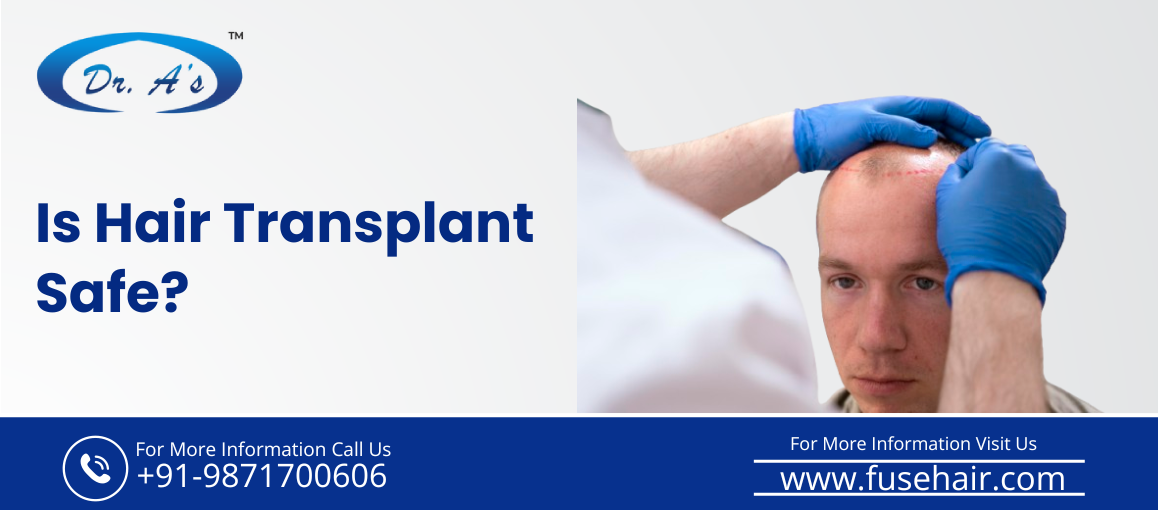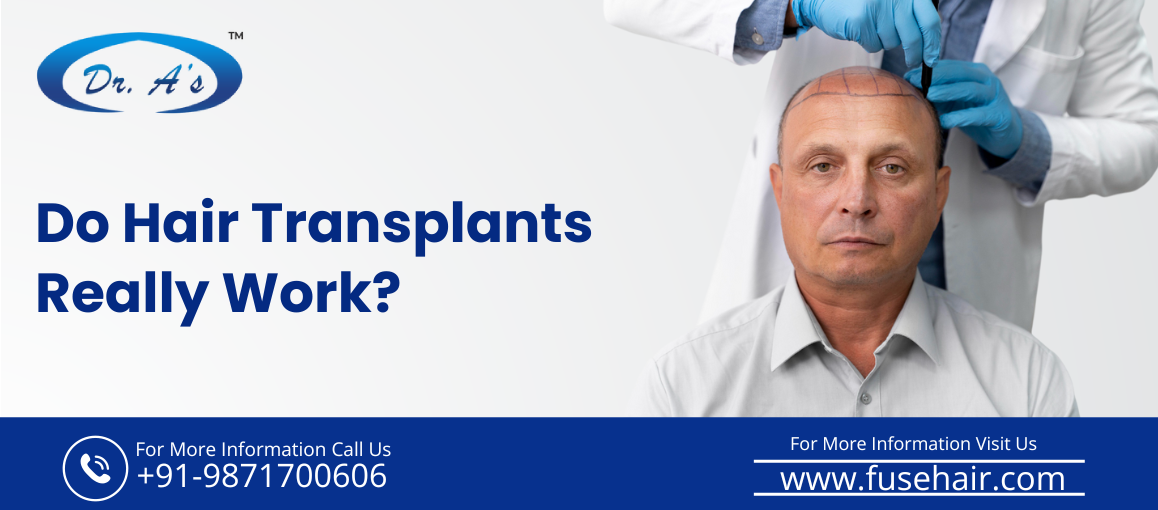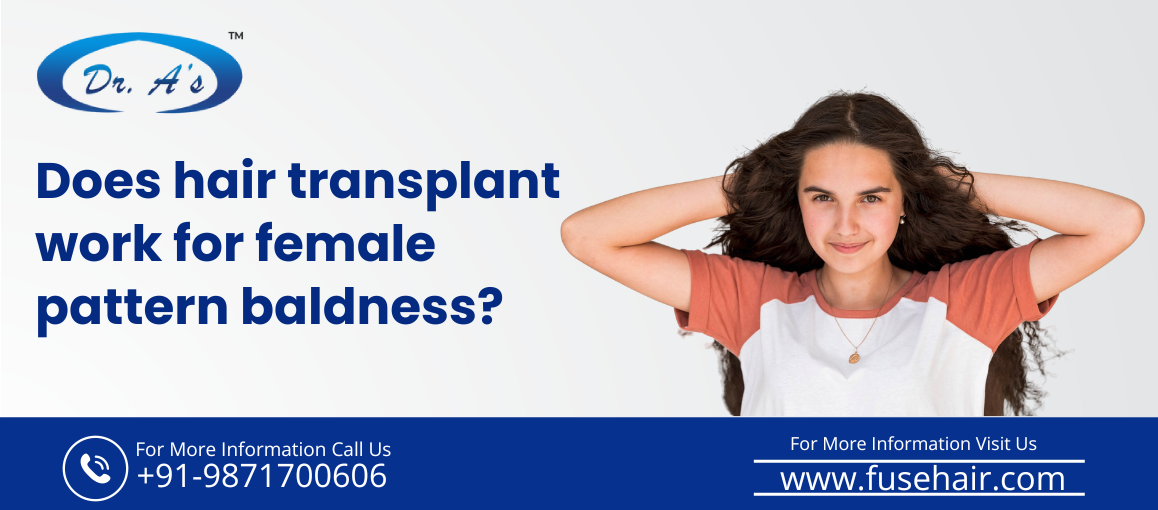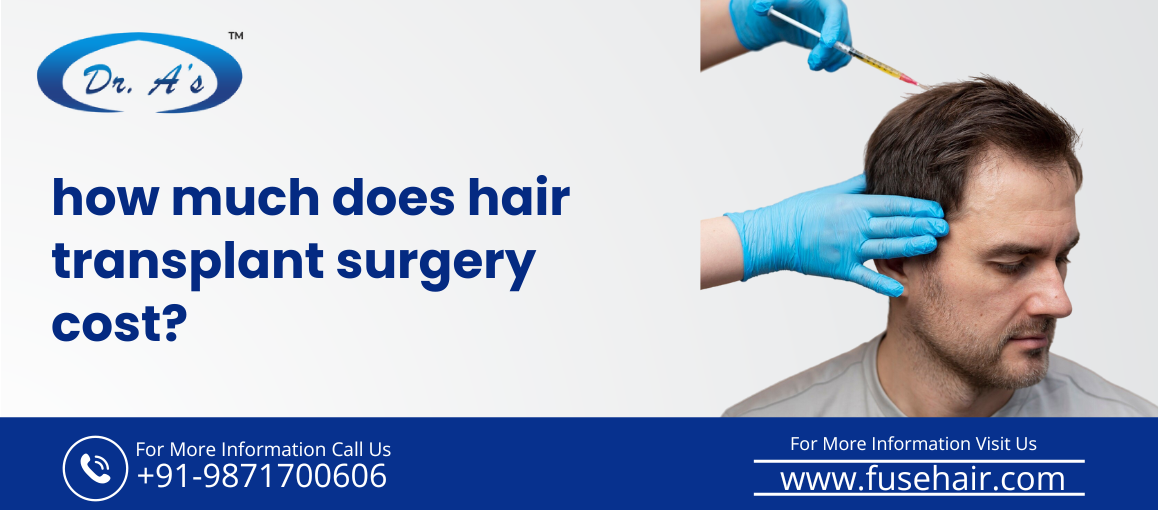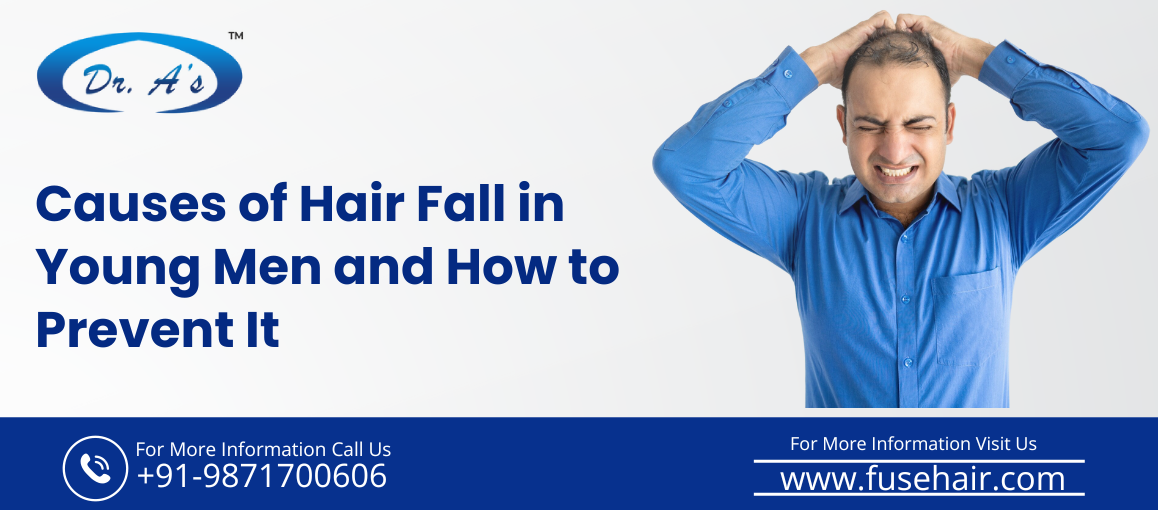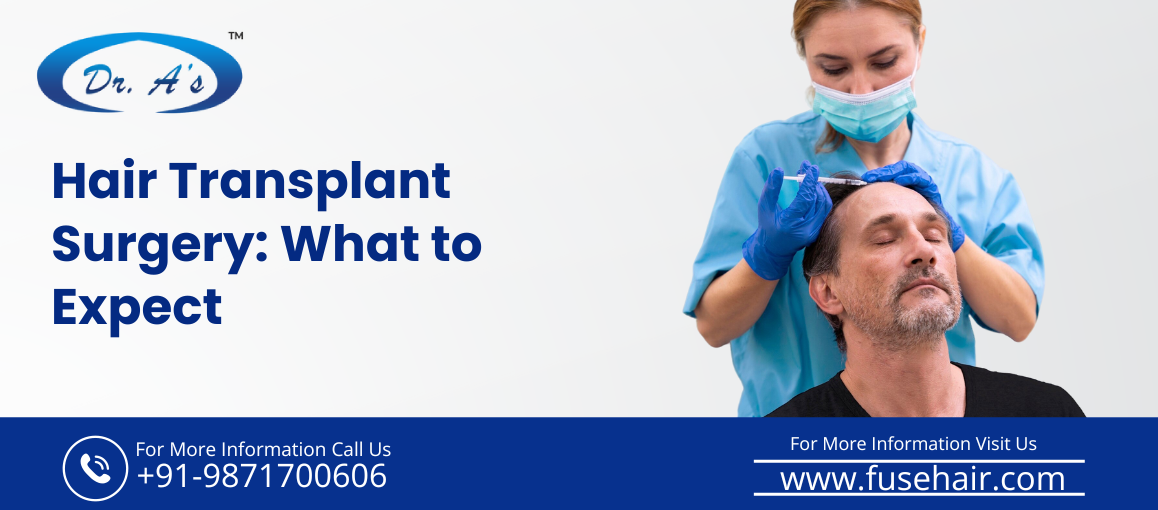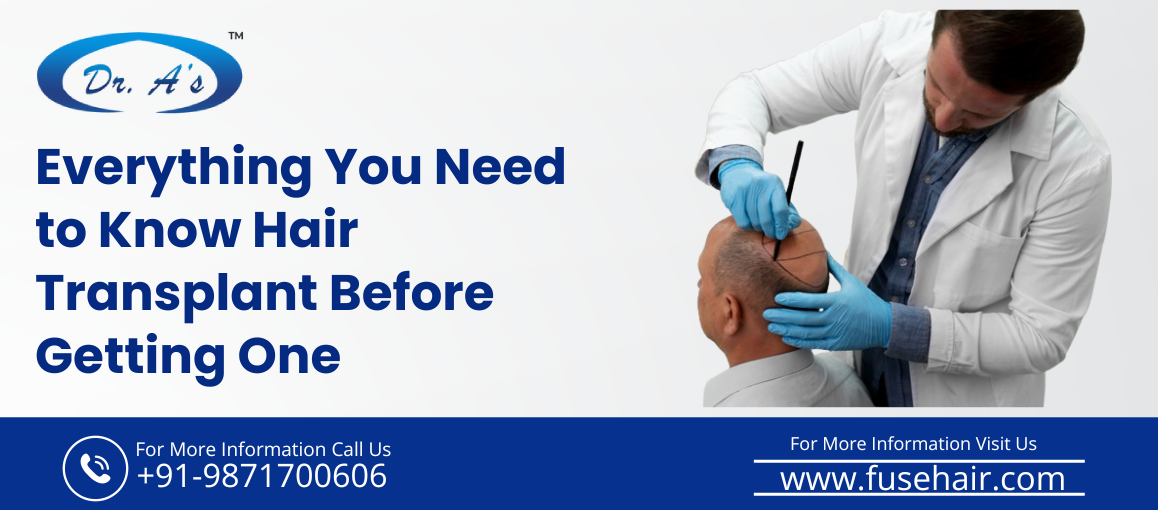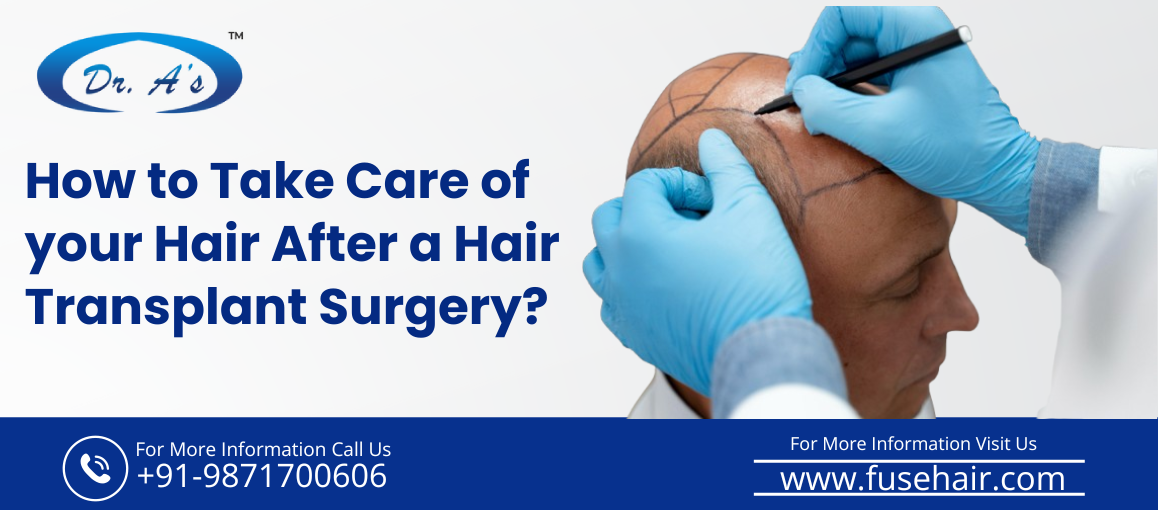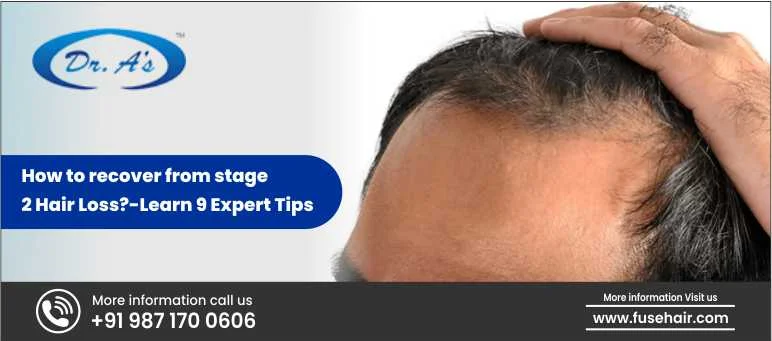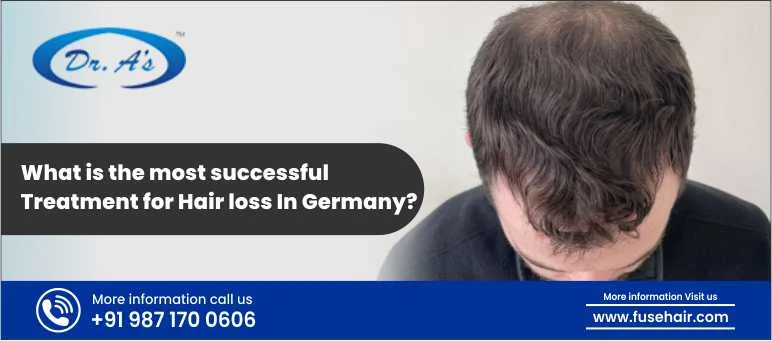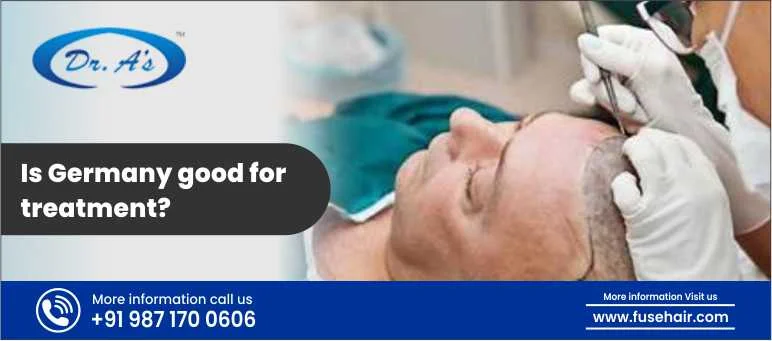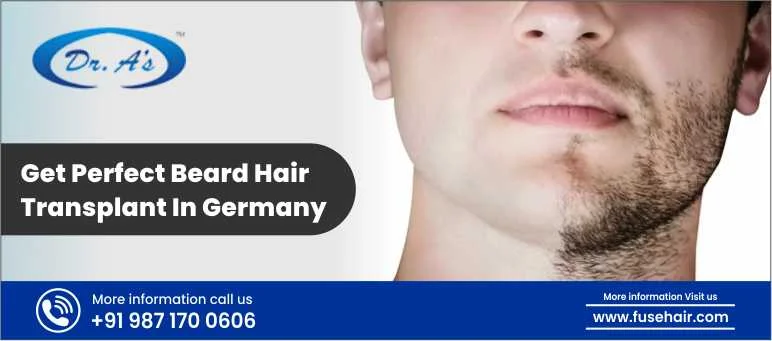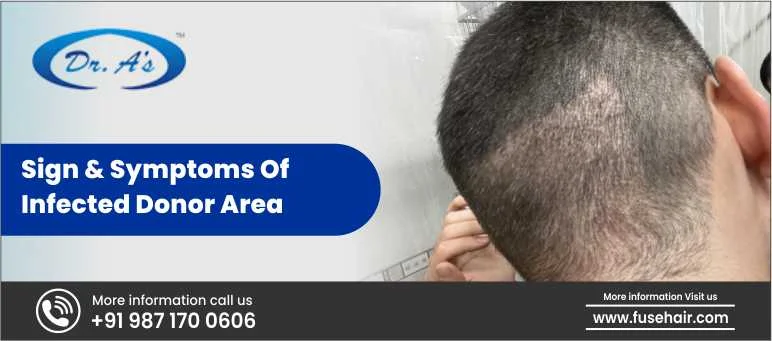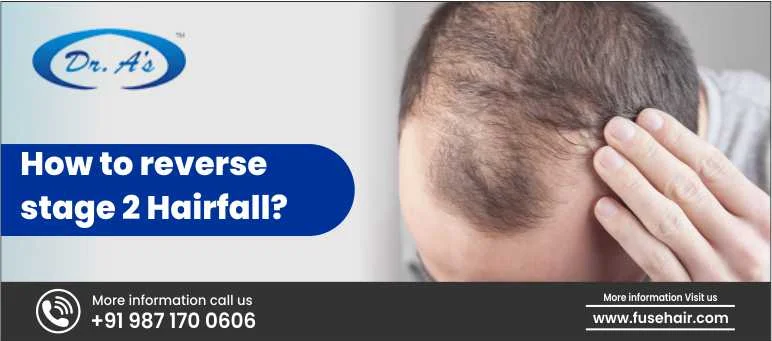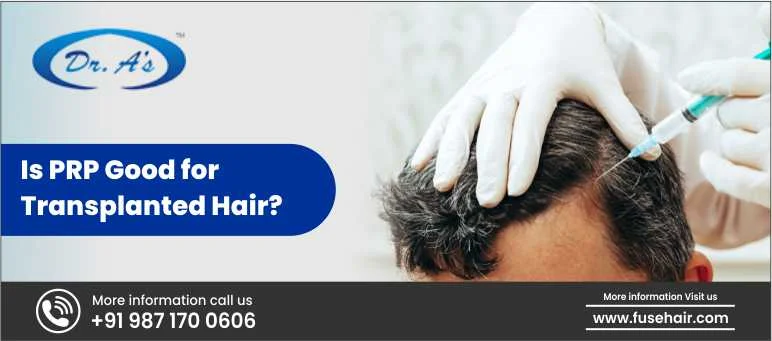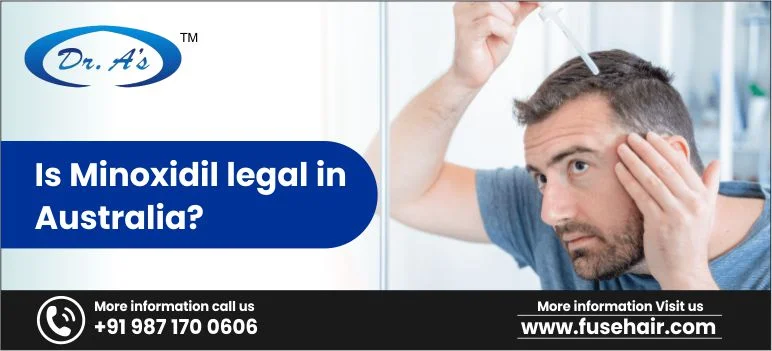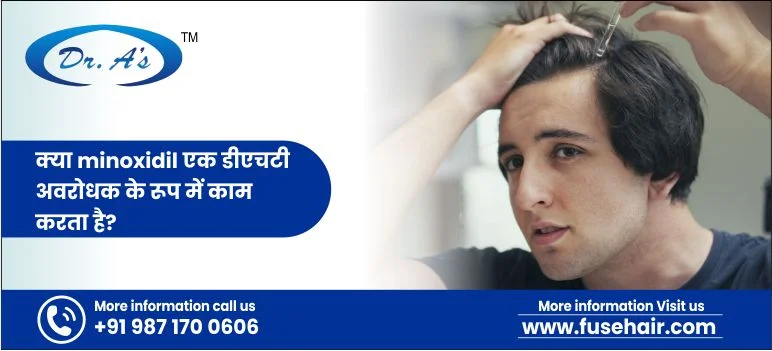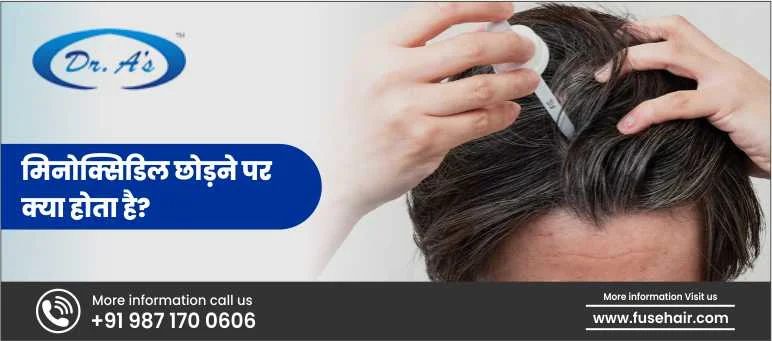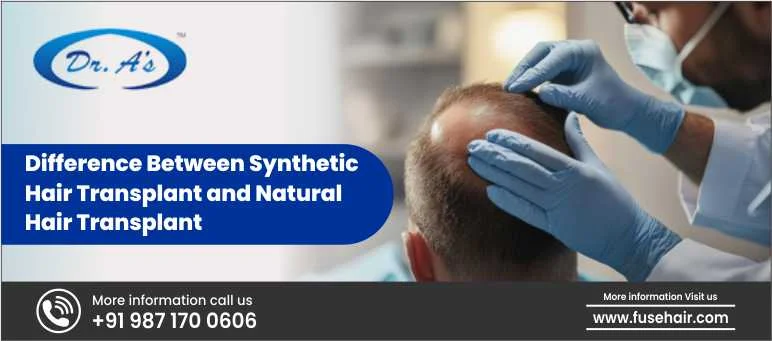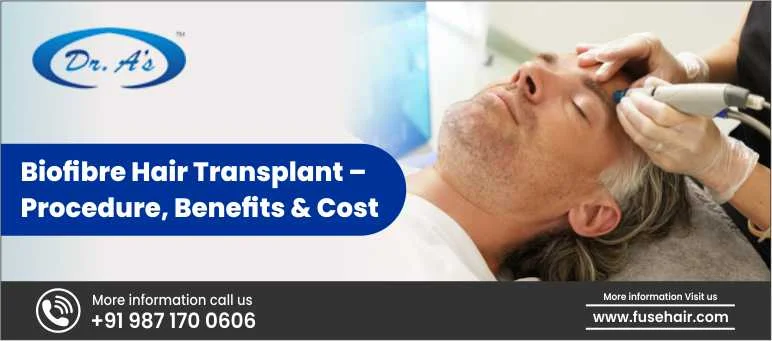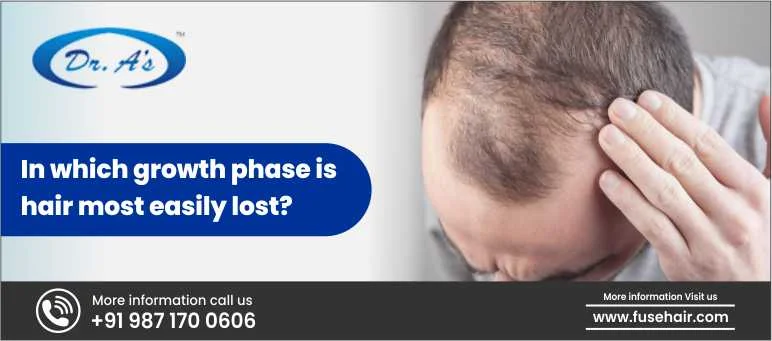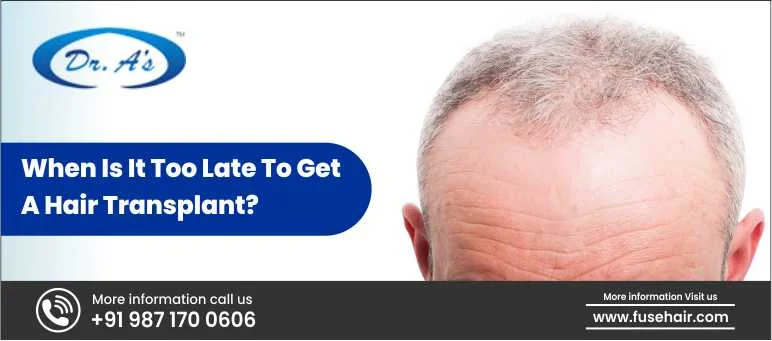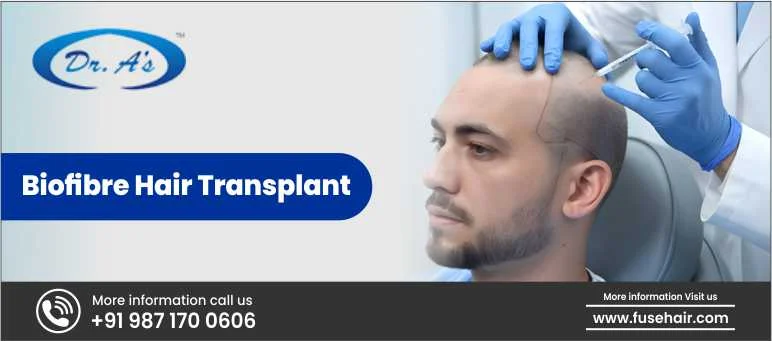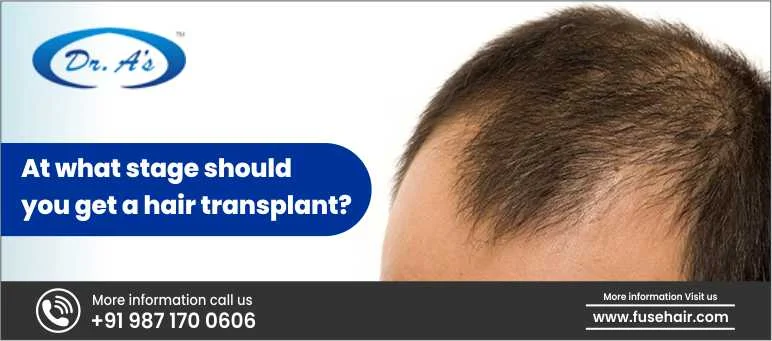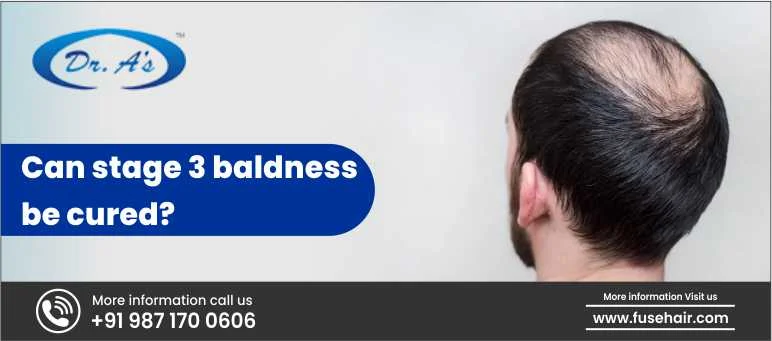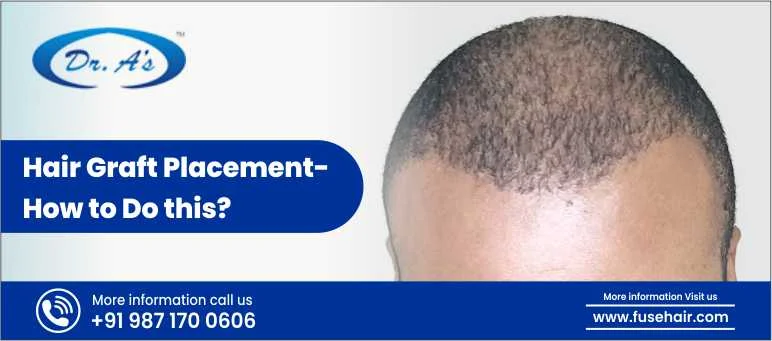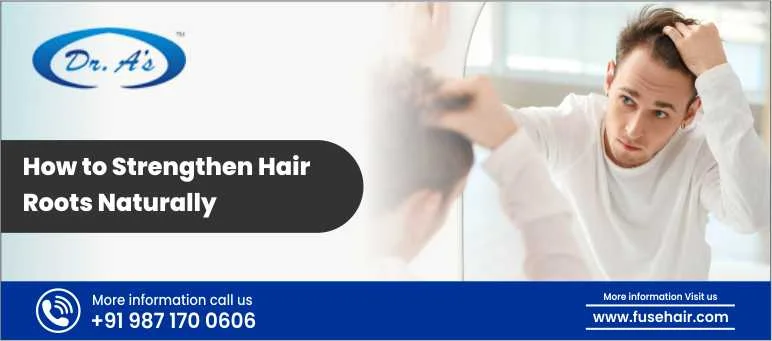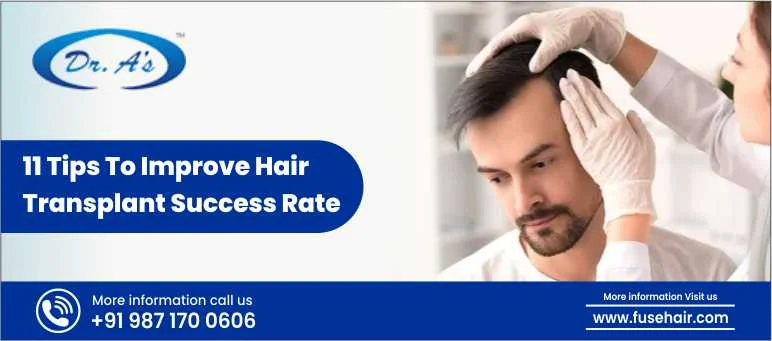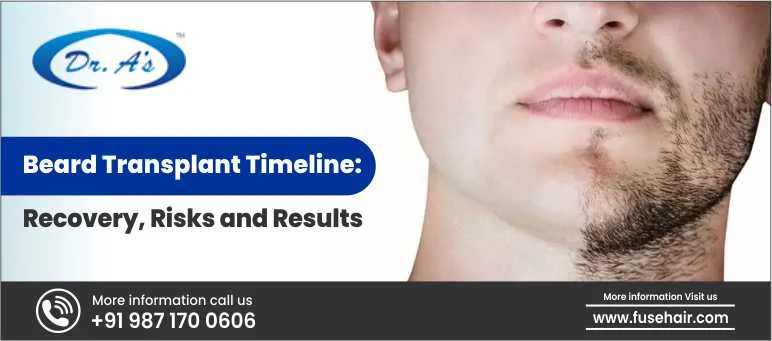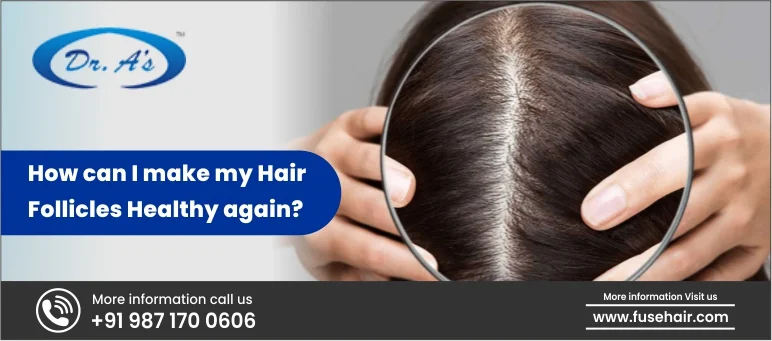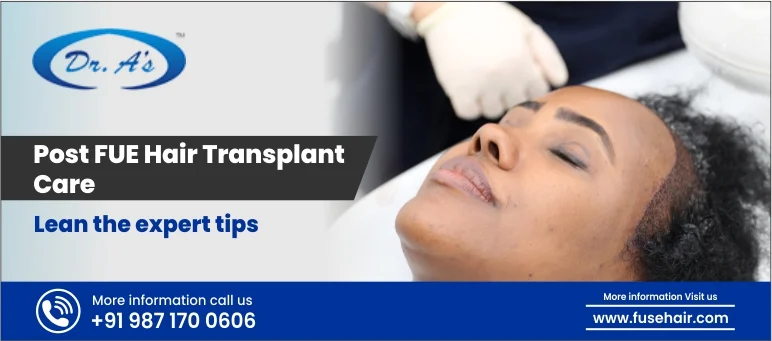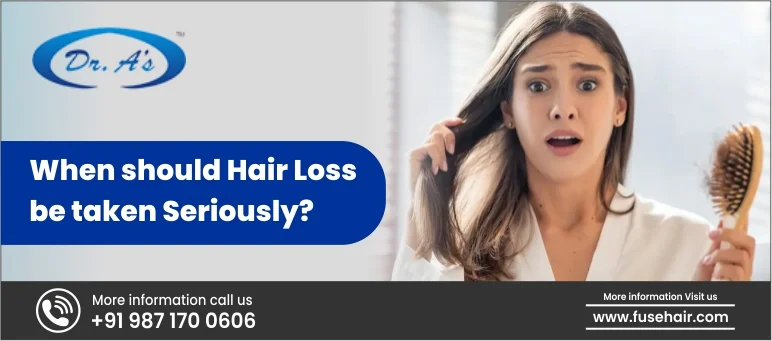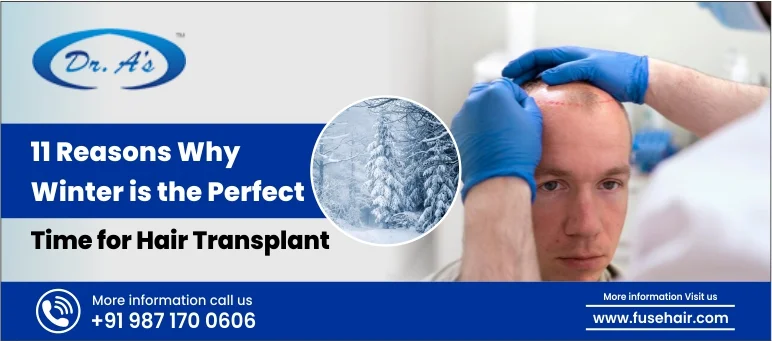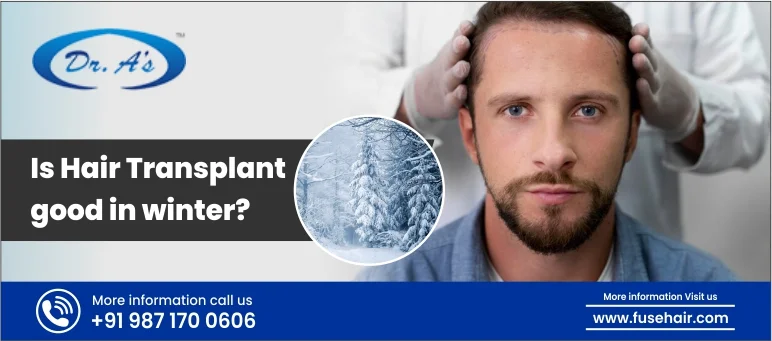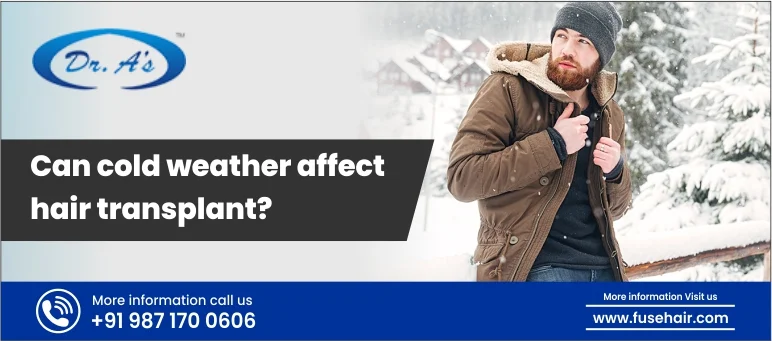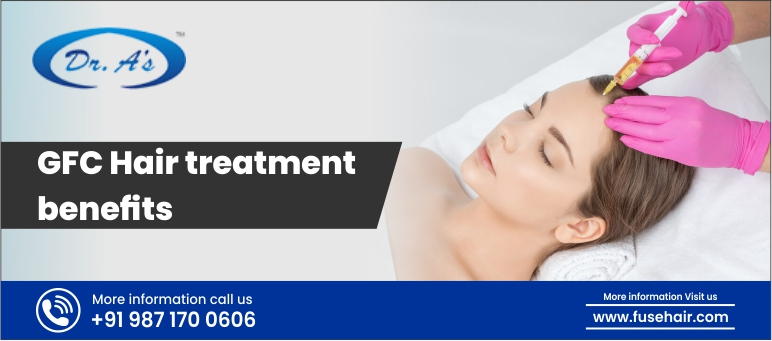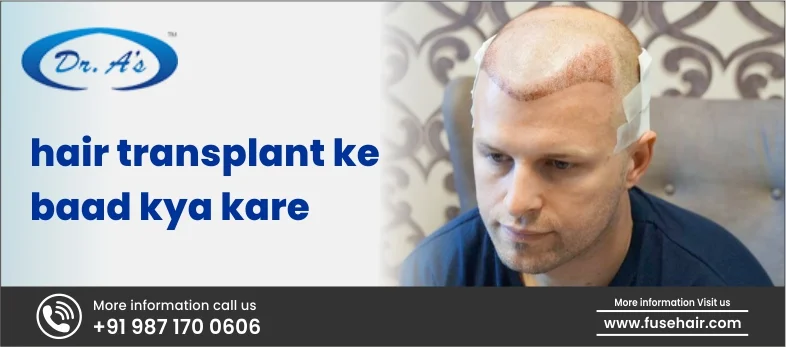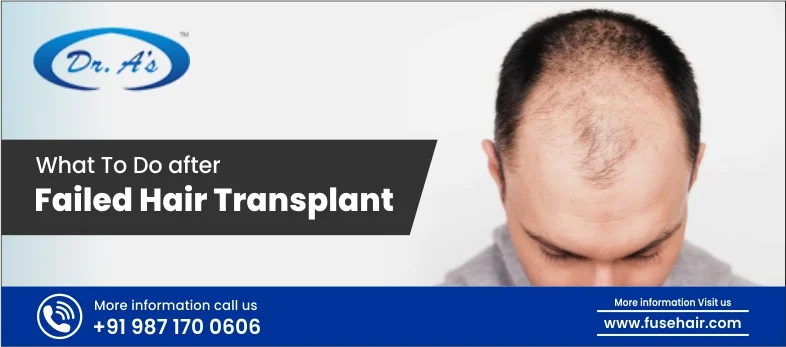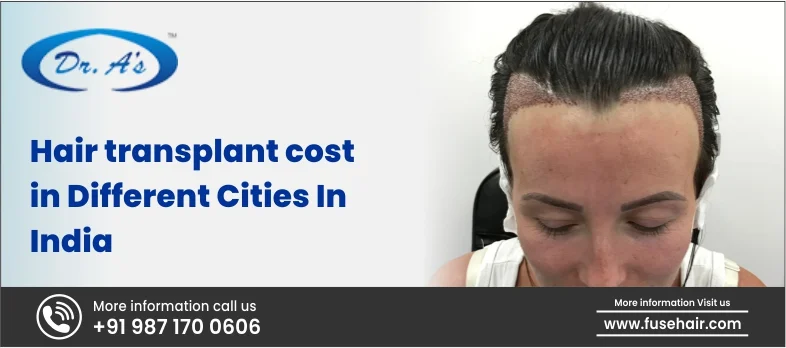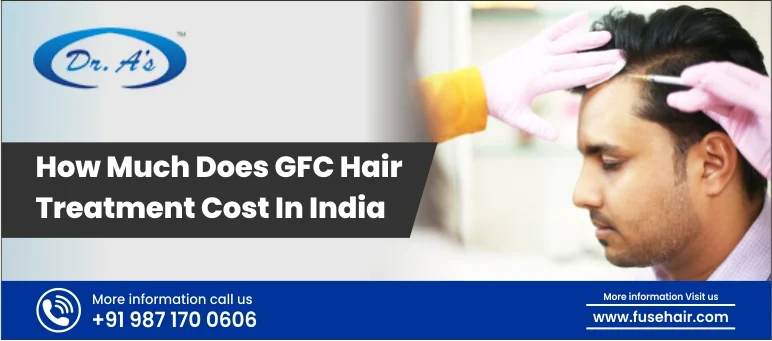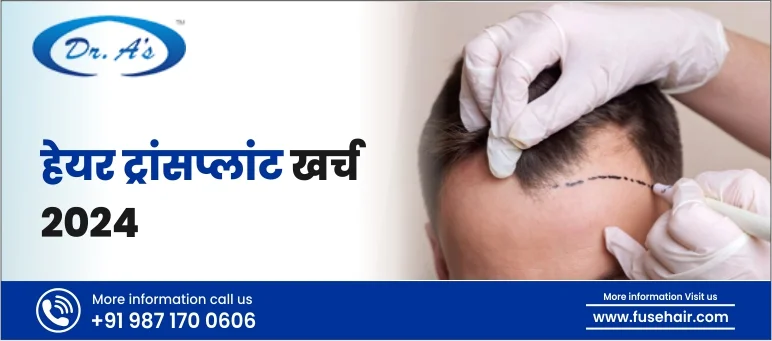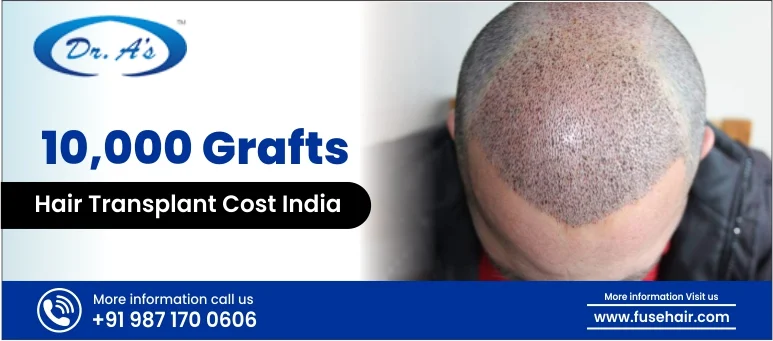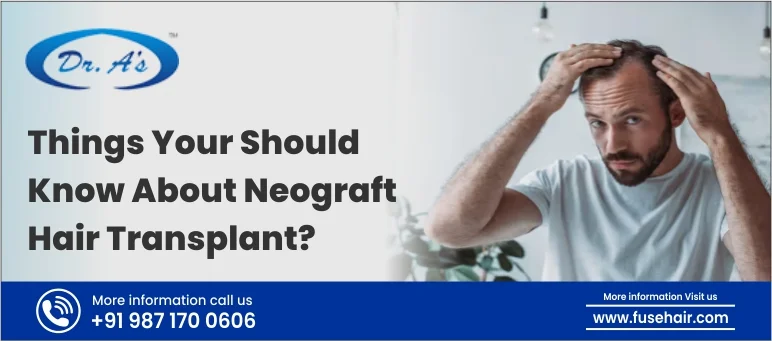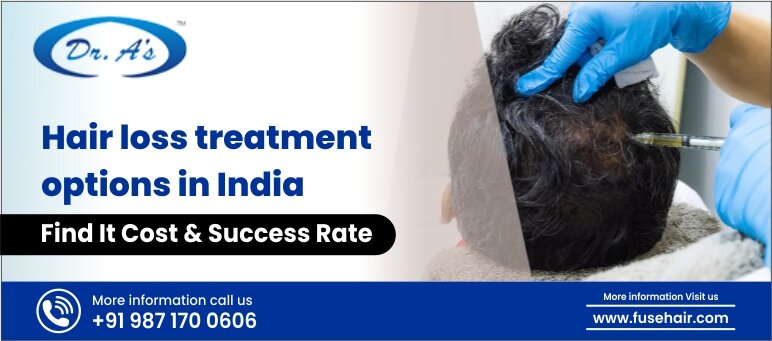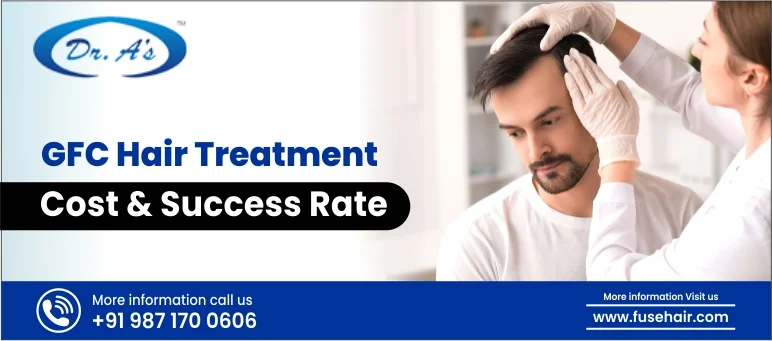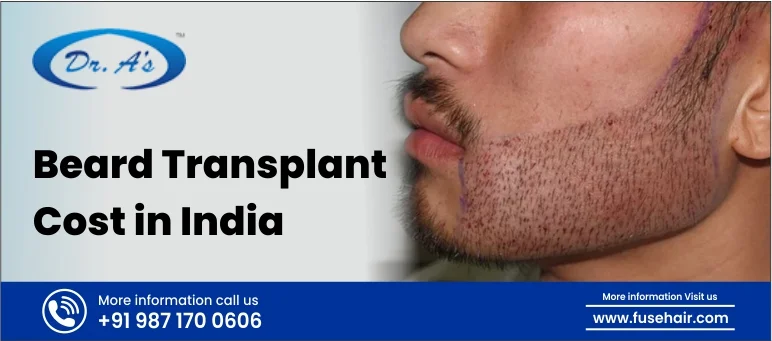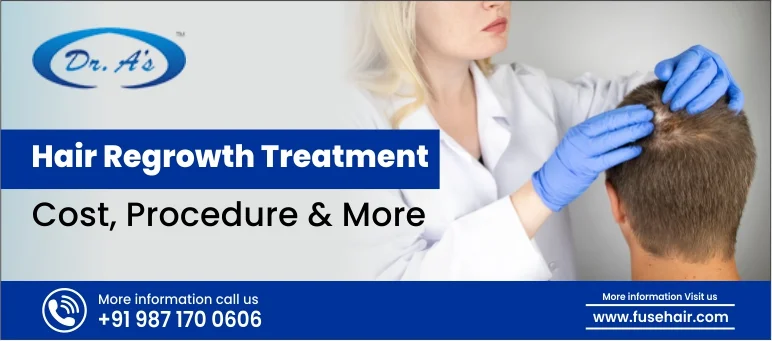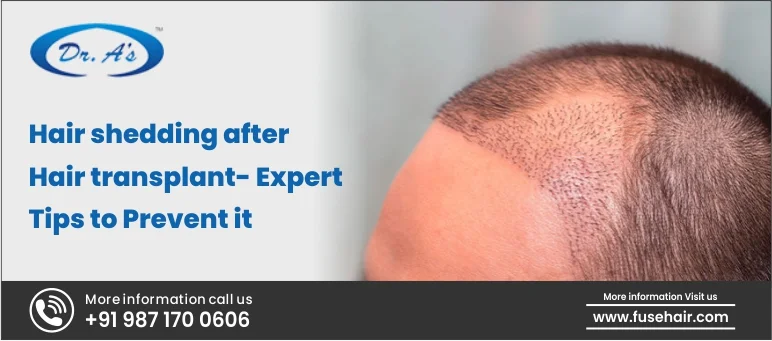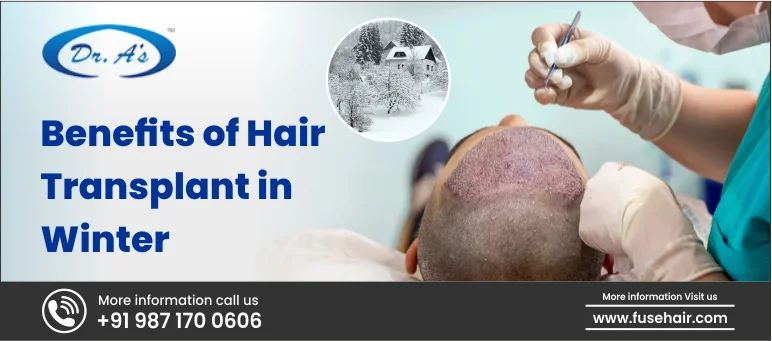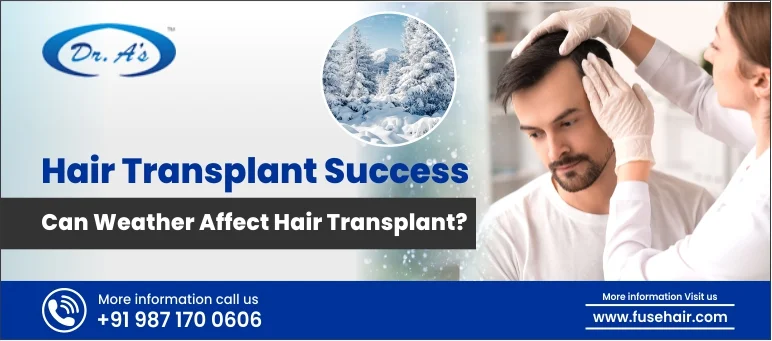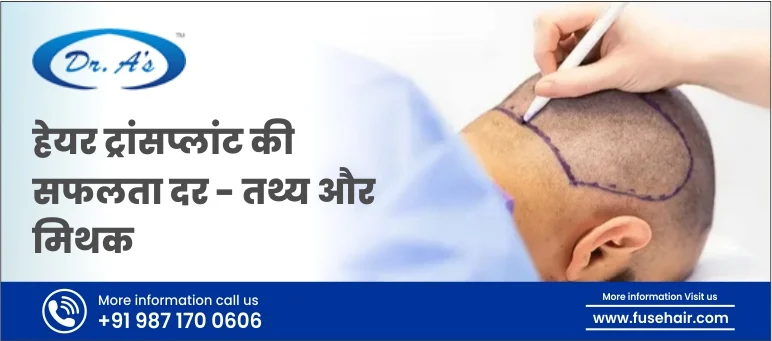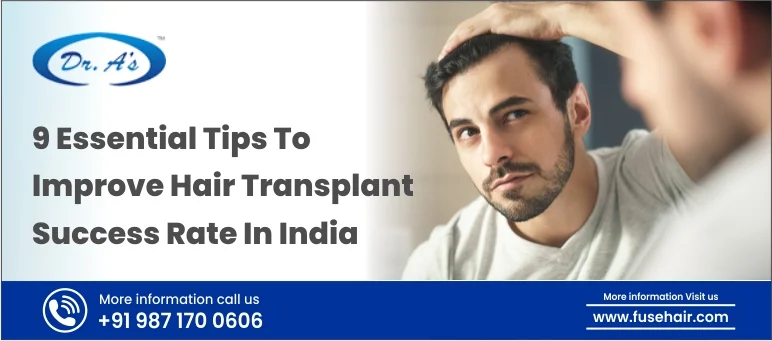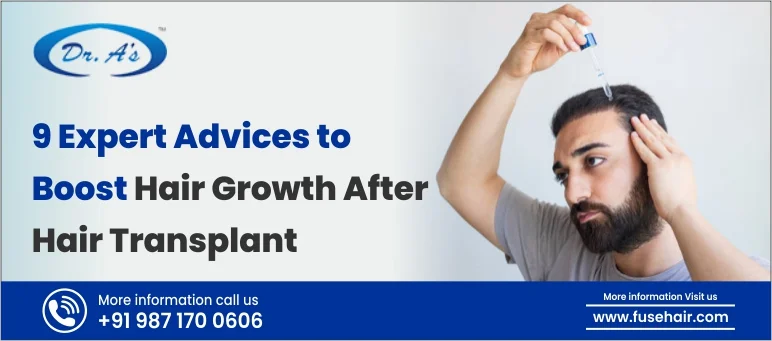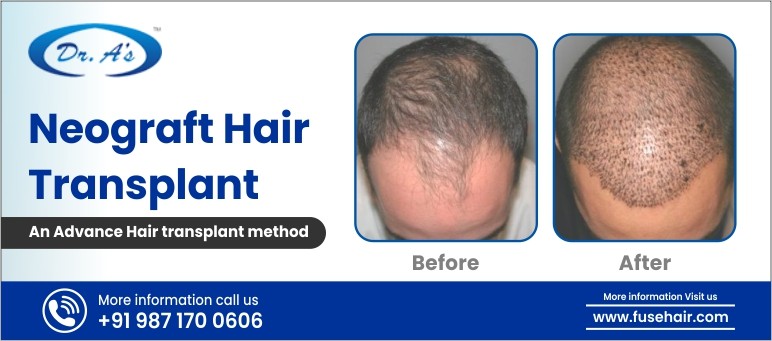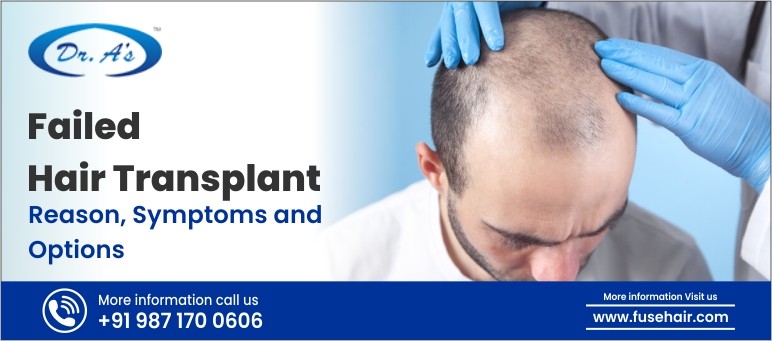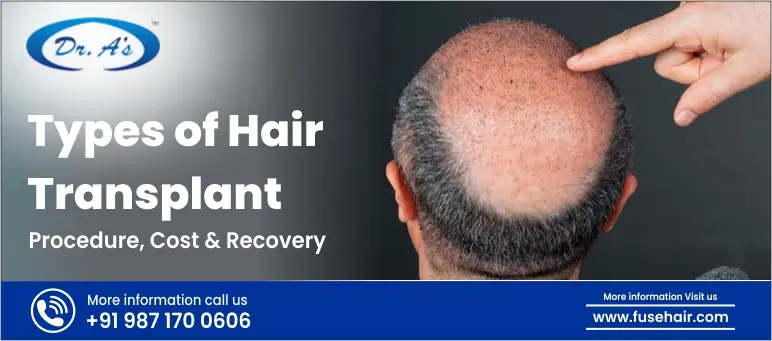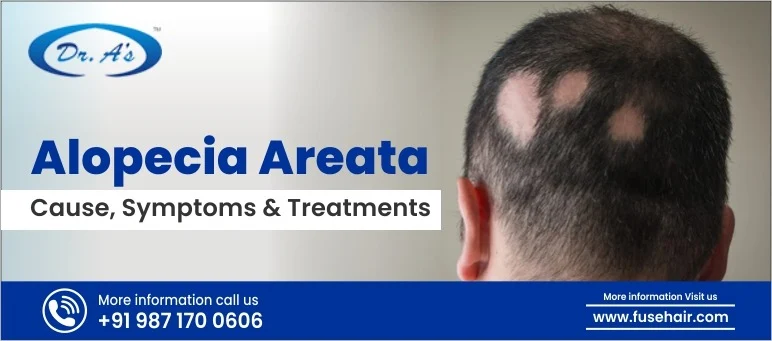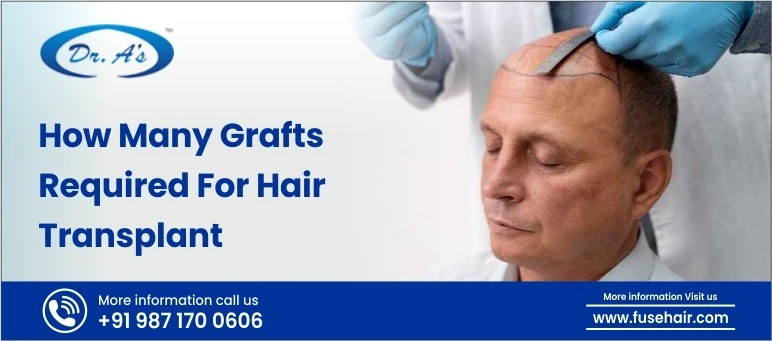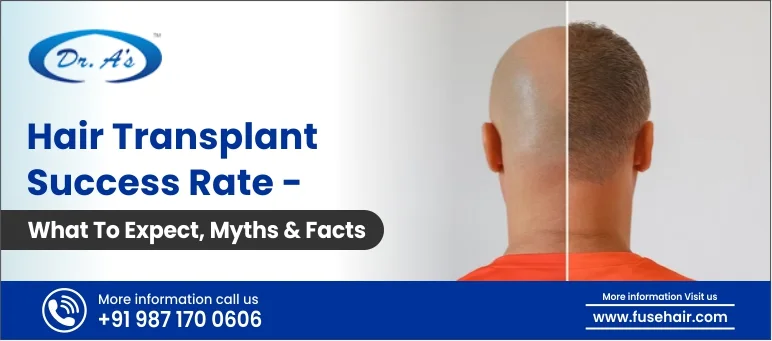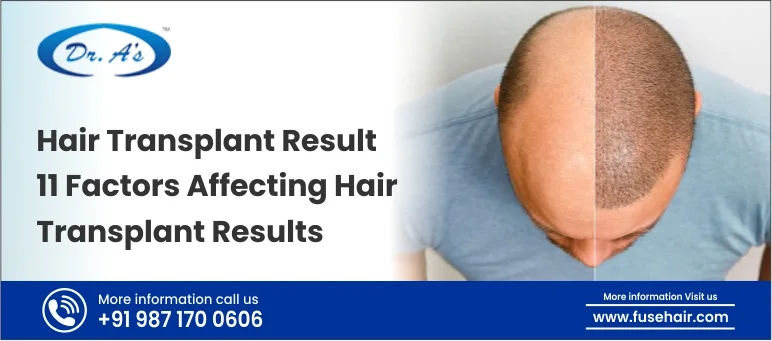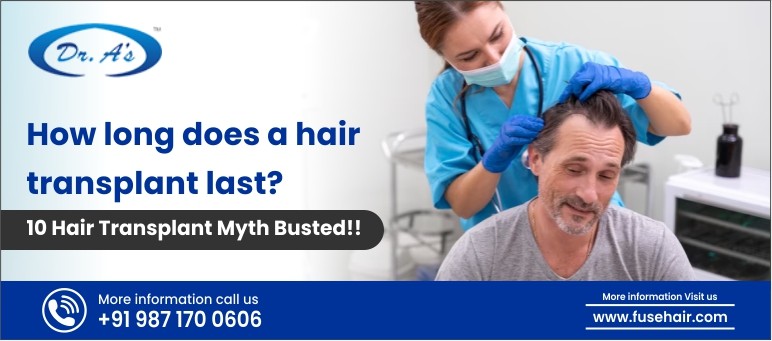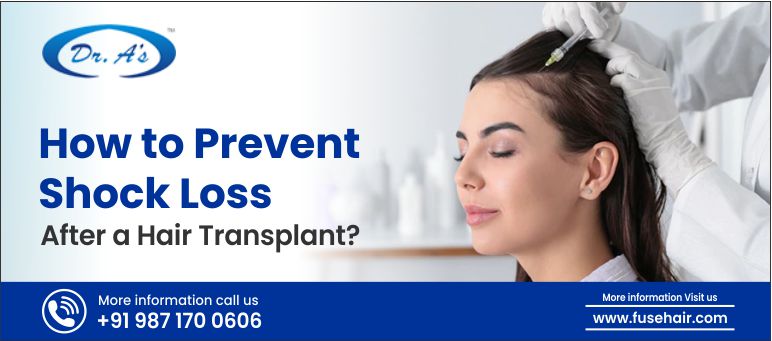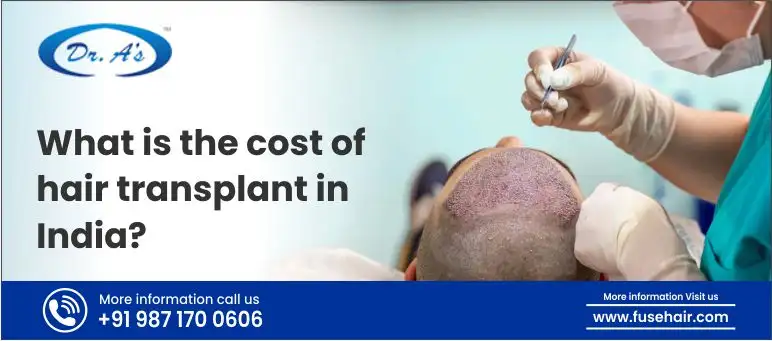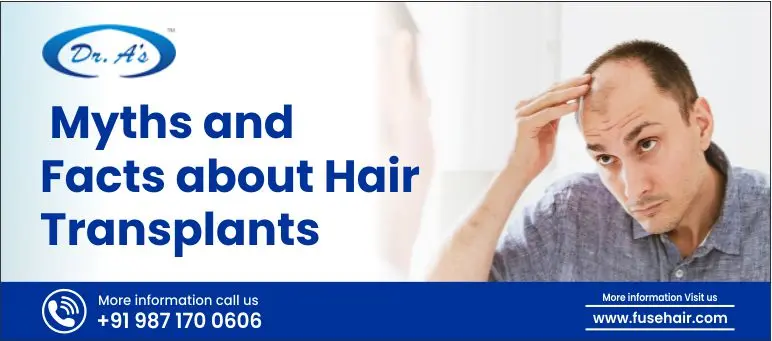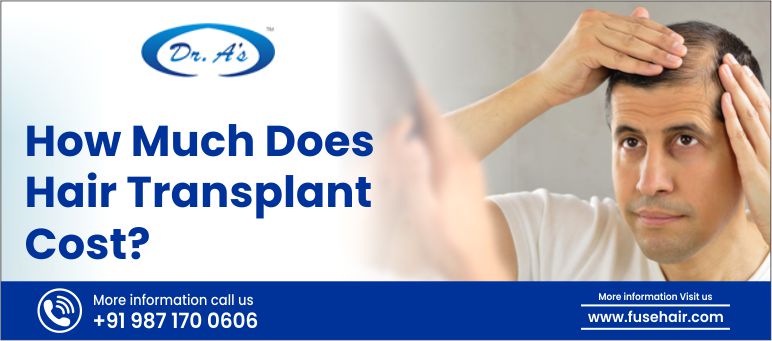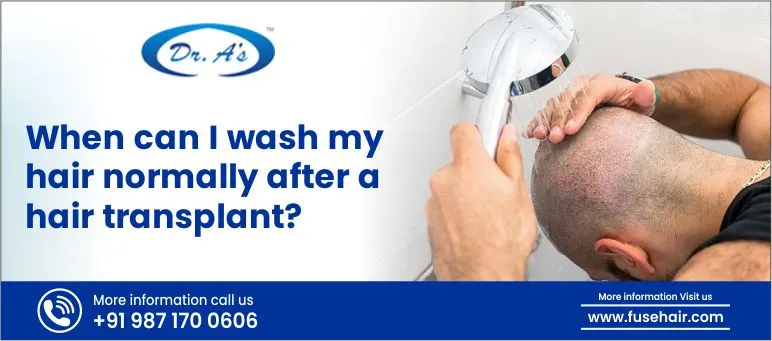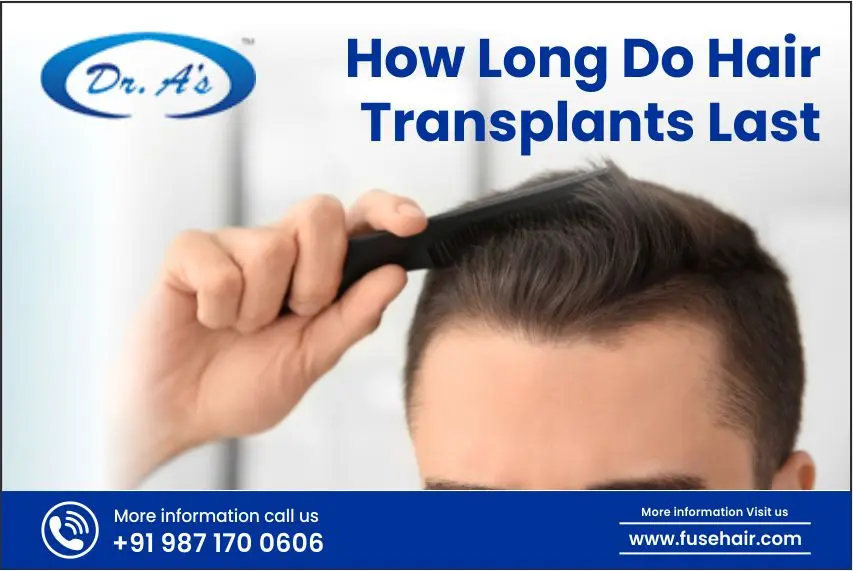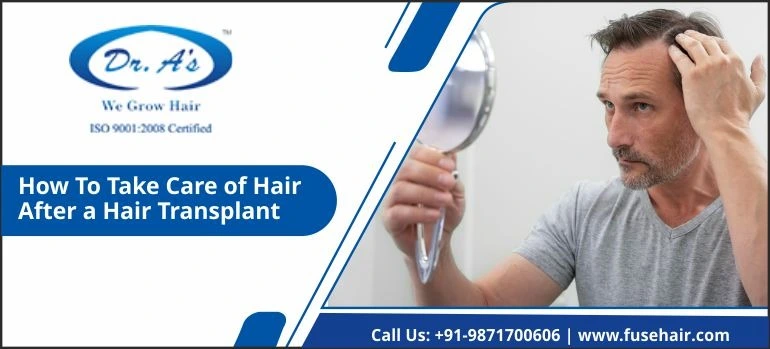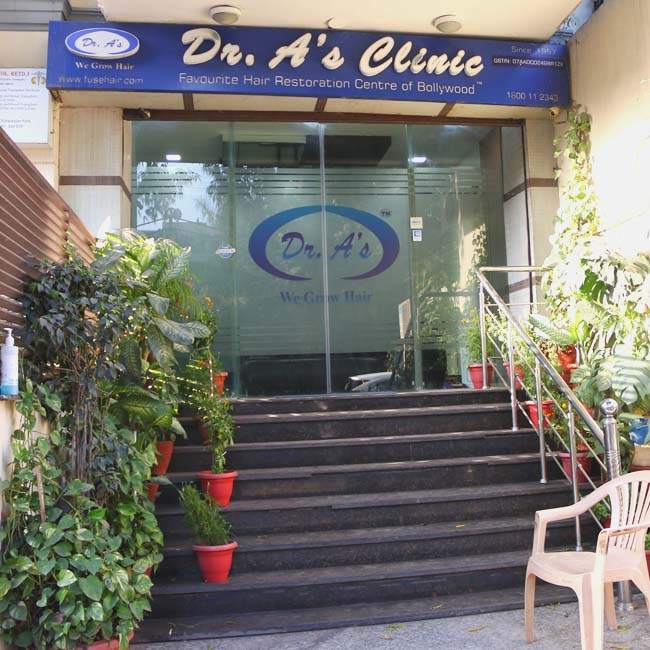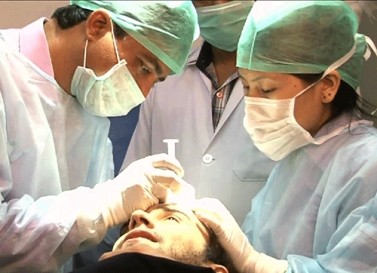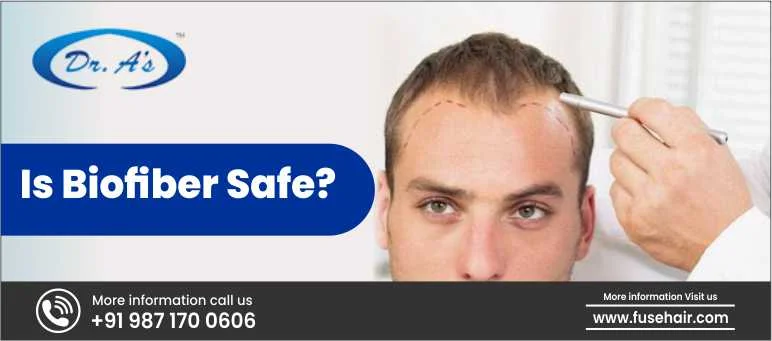
Hair loss can chip away at your confidence like nothing else. And while we’ve come a long way from toupees, not everyone is ready (or willing) to go under the knife for a traditional hair transplant. That’s where biofiber hair implants come in, a non-surgical, fast, and fairly popular option for restoring the look of fuller hair. But here’s the million-dollar question: Is biofiber safe? Well, the answer is yes, provided it is done under expert hands like that of Dr. Arvind Poswal from Dr. A’s Clinic. Widely trusted for offering the best hair transplant in Delhi, we use cutting-edge technology to deliver safe and proven results.
What is Biofiber, and Why Are People Choosing It?
Biofiber is a synthetic, biocompatible fiber designed to mimic the appearance of natural hair. These fibers are carefully implanted one by one into the scalp’s dermal layer using a special tool. The best part? It’s instant, you walk in with thinning hair and walk out with visibly denser coverage. People choose biofiber for several reasons:
- It’s non-surgical, so no incisions, no scalpels.
- There’s minimal downtime, making it ideal for busy lifestyles.
- It delivers immediate visual improvement, unlike hair transplants that take months to grow.
- It suits individuals with poor donor hair density who aren’t eligible for traditional procedures.
While it doesn’t offer permanent regrowth like Follicular Unit Extraction (FUE), it’s a solid option for those who want quick, cosmetic enhancement without the wait or the surgical commitment.
How Safe is Biofiber?
Let’s get to the point, biofiber is generally considered safe when the procedure is performed under sterile conditions by a qualified and experienced professional.
The fibers are biocompatible and certified for medical use, meaning they have been tested for tolerability and safety. The certifications mean biofiber meets robust health and performance standards recognized by the leading clinical institutions.
Globally, clinical trials and post-market studies show success and satisfaction rates ranging from 85% to 90% over 6–12 months. Complications like fiber rejection, mild inflammation, or infection are rare and, most importantly, manageable when caught early. According to a 2018 study published in Dermatologic Surgery, the average complication rate was quite low, mostly in cases where hygiene or technique was compromised.
Factors That Affect Biofiber Safety
While the procedure itself is relatively low-risk, several elements can tilt the scales from “safe” to “seriously regretful.” A lot depends on who’s doing the procedure, how it’s being done, and where it’s happening. Even the best technology can backfire under poor conditions. So, before you commit, it’s crucial to understand the moving parts behind biofiber safety. Let’s break them down:
-
Surgeon’s Expertise
This cannot be stressed enough. Even the safest fiber in the world can cause issues if implanted incorrectly. The angle, depth, and spacing of each fiber require precision. Dr. Arvind Poswal, founder of Dr. A’s Clinic, has 20+ years of experience with synthetic implants and ensures each fiber is placed safely and naturally. His precision greatly reduces risks and boosts end results.
An expert also knows how to assess your scalp condition, select the right fiber type, and avoid high-risk zones. That level of judgment comes only with training and years of practice, not a crash course in cosmetic procedures.
They can also identify early signs of rejection or inflammation and adjust the treatment plan before issues escalate. In short, the surgeon’s hands and judgment are what ultimately determine whether your biofiber journey is safe and successful.
-
Techniques & Equipment Used
Modern clinics use digital fiber alignment tools and single-use sterile cartridges for implantation. Techniques like soft-touch insertion and depth calibration minimize trauma to the scalp. Outdated methods or reused equipment raise the risk of inflammation or fiber rejection.
We at Dr A’s Clinic invest heavily in state-of-the-art technologies, giving you a safe and refined experience. From FDA-approved instruments and modern equipment to digital depth calibration systems in FUE/FUT setups, we ensure precision at every step.
We also utilize advanced techniques like stitchless FUSE and body-to-scalp hair follicle harvesting to minimize trauma and scarring. Using the latest methods doesn’t just reduce risk, it also improves how natural the final result looks and feels.
Proper fiber anchoring and tool precision also affect how well the fibers stay in place over time, especially during routine grooming. The right tools in skilled hands make all the difference between a smooth, long-lasting result and a frustrating redo.
-
Clinic Hygiene Standards
This one’s a dealbreaker. If the operating room isn’t sterile or the tools aren’t properly sanitized, you’re looking at an open invitation for infection. Top-tier clinics like Dr. A’s Clinic maintain HEPA-filtered environments, wear sterile gloves, and follow international hygiene protocols, all part of the standard procedure.
Even the waiting areas and consultation rooms reflect a clinic’s hygiene culture. If that space looks neglected, imagine what the surgical space is like. Don’t compromise on cleanliness, your scalp deserves better. If you get your scalp treated in an unhygienic place, it can result in scalp inflammation, slow healing, or even infections that may undo your progress. That is why we make sure that our clinic, equipment, and tools are all cleaned and disinfected thoroughly to keep them hospital-grade sterile, ensuring patient safety.
-
Patient’s Health Status
If you have uncontrolled diabetes, autoimmune issues, or scalp infections, you may not be the best candidate for biofiber. These conditions impair healing and increase the risk of complications. A responsible clinic will do a thorough pre-screening before giving you the green light.
They’ll also customize the procedure around your medical history, adjusting fiber density, selecting gentler techniques, or even recommending alternative treatments where needed. Honest consultation is key, a good clinic won’t push you into the procedure if it poses any medical risk. Transparency builds trust, and your safety should always outweigh any sales pitch.
-
Aftercare and Lifestyle Habits
You’re not off the hook once you leave the clinic. Picking at your scalp, using aggressive shampoos, or skipping aftercare can irritate your scalp and dislodge the fibers. Smoking and poor nutrition can also slow healing and lead to mild, minor infections. It’s all part of the long-term game.
Following your surgeon’s aftercare routine, like avoiding sweating, sun exposure, and rough scalp contact, can make or break your biofiber success. Consider it a joint venture in your clinic and your commitment. Even small habits like sleeping on a clean pillowcase or using a sulfate-free shampoo can greatly improve retention and recovery. Finally, long-term success is not luck, it’s maintenance, discipline, and knowing when to call your clinic for guidance.
Long-Term Maintenance and Fiber Longevity
Here’s the thing: biofiber isn’t a “set it and forget it” deal. Over time, some fibers naturally shed, around 15–20% annually. That means you’ll likely need touch-ups every 12–18 months to maintain density.
The good news? This shedding isn’t dangerous or painful. It’s just part of the biofiber life cycle. Many patients continue to enjoy satisfying results by following a simple routine for scalp care, not wearing tight hairstyles, and visiting their surgeon once or twice annually for re-implantation. When a clinic continues to provide care and monitoring, it helps ensure that your results not only look good now but also tomorrow.
Biofibre vs. Other Hair Restoration Methods
You may be wondering how biofiber compares with other solutions, such as hair transplanting, SMP (Scalp Micropigmentation), or hair systems. Let’s quickly compare:
FUE and FUT traditional hair transplants involve placing hair to help you regrow permanent hair. Their effects are typically achieved through surgery, which usually results in some downtime, and the results are slow to emerge. Transplants are well-suited for people who have good donor areas. However, some people simply don’t have enough time or space on their scalp to use this method. This is where Dr. Arvind Poswal’s FUSE technique comes into action. His pioneered FUSE technique is a stitchless, faster-healing alternative using body-to-scalp grafts, making hair restoration possible even for those who aren’t ideal candidates for traditional methods.
Scalp Micropigmentation (SMP) works by creating tiny tattoos on the scalp to create a look like a freshly shaved head. There is no surgery, though it only looks like thicker hair. Those who want a buzz-cut look will be happy with it, though it isn’t the same as real hair.
Choosing a wig or toupee can make your hair look voluminous, but you have to maintain them, and sometimes, they don’t blend with your natural hair. Biofiber manages to bring together ease of use and good looks. There is no need for surgery; you don’t get scars and can recover fast, still looking natural. The only thing to consider is that it needs maintenance every couple of months, but lots of people enjoy the results it brings. This option will suit you if you prefer avoiding surgery and taking things slowly when it comes to recovery.
So, if you’re someone who doesn’t have enough donor hair for a transplant or simply wants fast results without going surgical, biofiber is a safe and smart alternative, especially in the hands of skilled professionals.
Conclusion
Let’s answer the question once and for all: Is biofiber safe? Absolutely, but only when done the right way. From CE-certified materials to sterile clinics and expert hands, biofiber offers a clinically proven, non-surgical path to fuller-looking hair. Safety, like any process, is subject to the people performing it and the environment in which it occurs.
However, when all those three elements come together, you have a low-risk, high-reward scenario. And that’s exactly what you get with Dr. A’s Clinic, led by Dr. Arvind Poswal, a pioneer in modern hair restoration who prioritizes safety, transparency, and lasting results.



